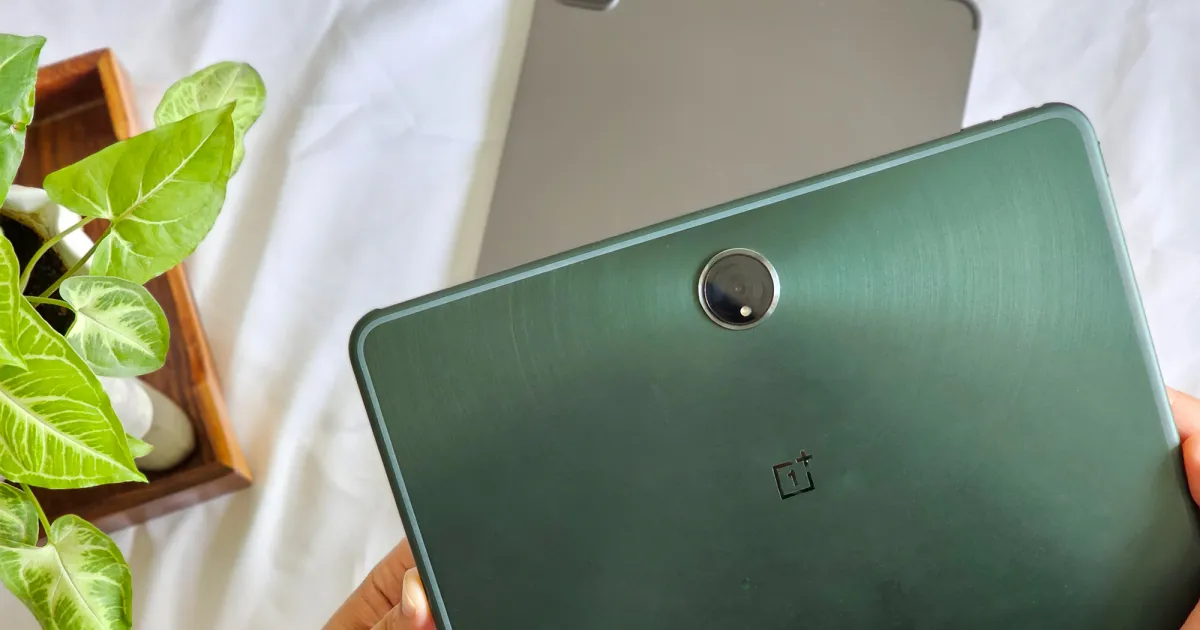
Introduction to 4K Technology
Understanding 4K technology is crucial before diving into Android 4K tablets. 4K resolution means approximately 4,000 pixels horizontally, offering a sharper and more detailed image than traditional Full HD (1080p) displays. This higher resolution provides an immersive viewing experience, ideal for streaming video, gaming, and professional work.
Key Specifications for an Android 4K Tablet
Display
- Resolution: Look for a display resolution of at least 3840 x 2160 pixels (4K). Consider screen size and aspect ratio as well. A 12-inch screen with a 16:9 aspect ratio is common, but preferences vary.
- Refresh Rate: A higher refresh rate enhances the viewing experience, especially for gaming and video streaming. While 60Hz is standard, some tablets offer 120Hz or even 144Hz for smoother motion.
- HDR Compatibility: High Dynamic Range (HDR) technology improves color accuracy and contrast. HDR10 or HDR10+ are common standards, offering better color reproduction and deeper blacks.
Performance
- Processor: A powerful processor is essential for handling demanding tasks like 4K video playback and gaming. Look for high-end processors such as Qualcomm Snapdragon 8 Gen 2 or MediaTek Dimensity series.
- RAM and Storage: Adequate RAM (at least 8GB) and storage (128GB or more) ensure smooth operation. Some tablets offer expandable storage via microSD cards, useful for storing large files and media.
Battery Life
- Battery Capacity: A long-lasting battery is vital for extended use without frequent recharging. Look for high-capacity batteries that can last through a full day of heavy use.
- Power Management: Efficient power management features like adaptive brightness, low power modes, and optimized software help extend battery life.
Additional Features
- Front Camera: A good front camera is important for video calls and selfies. A front camera with at least 2MP resolution is recommended.
- Rear Camera: Useful for capturing photos and videos, though not essential for everyone.
- Stylus Support: Beneficial for creative tasks or note-taking, some tablets come with stylus support.
- Connectivity: Ensure the tablet has necessary connectivity options like Wi-Fi, Bluetooth, and USB ports.
Best Android 4K Tablets Available
Google Pixel Tablet
The Google Pixel Tablet offers a high-quality Android experience. It features a 10.95-inch LCD display with a resolution of 2560 x 1600 pixels. While not 4K, it provides excellent color accuracy and brightness. Powered by the Google Tensor G2 chip, it supports third-party stylus pens. The included charging dock also converts it into a Nest Hub, making it versatile.
Samsung Galaxy Tab S9 Ultra
The Samsung Galaxy Tab S9 Ultra stands out as a premium Android tablet. It boasts a stunning 14.6-inch display with a resolution of 3840 x 2160 pixels (4K). Powered by the Qualcomm Snapdragon 8 Gen 2 processor, it ensures high-end performance and efficient power management. The tablet also supports an S Pen, ideal for artists and professionals.
OnePlus Pad
The OnePlus Pad is a strong contender in the 4K tablet market. It features an 11.6-inch display with a resolution of 2560 x 1600 pixels, offering excellent visuals. Powered by the MediaTek Dimensity series processor, it provides smooth performance and great battery life. The sleek design and signature green color make it stylish.
Xiaomi Pad 6
The Xiaomi Pad 6 is a budget-friendly option capable of handling 4K content. It features an 11-inch display with a resolution of 2560 x 1600 pixels and is powered by the Snapdragon 870 processor. With 8GB of RAM and 256GB of storage, it offers ample performance for most tasks.
Factors to Consider When Choosing an Android 4K Tablet
Budget
Android 4K tablets range from budget-friendly options to high-end devices. Setting a budget before making a purchase ensures the best value for your money. For example, the Xiaomi Pad 6 is more affordable, while the Samsung Galaxy Tab S9 Ultra is a premium device.
Display Size and Aspect Ratio
The size and aspect ratio of the display are important considerations. A larger screen might be ideal for an immersive experience but may also increase cost and weight. A 12-inch screen with a 16:9 aspect ratio is common but may not suit everyone.
Processor and Performance
A powerful processor is essential for handling demanding tasks like 4K video playback and gaming. Look for high-end processors like Qualcomm Snapdragon 8 Gen 2 or MediaTek Dimensity series.
Battery Life
Battery life is critical for extended use without frequent recharging. Look for tablets with high-capacity batteries that can last through a full day of heavy use.
Additional Features
Consider additional features such as front and rear cameras, stylus support, and connectivity options like Wi-Fi, Bluetooth, and USB ports.
Choosing the right Android 4K tablet involves considering several key specifications including display resolution, refresh rate, HDR compatibility, processor performance, RAM and storage capacity, battery life, and additional features like front and rear cameras, stylus support, and connectivity options. By understanding these factors and evaluating the best available options such as the Google Pixel Tablet, Samsung Galaxy Tab S9 Ultra, OnePlus Pad, and Xiaomi Pad 6, you can make an informed decision that meets your specific needs and budget.
While many excellent Android tablets are available today, each has unique strengths and weaknesses. Whether seeking a budget-friendly option like the Xiaomi Pad 6 or a premium device like the Samsung Galaxy Tab S9 Ultra, understanding what you need to know about Android 4K tablets will help you find the perfect device for your next purchase.
